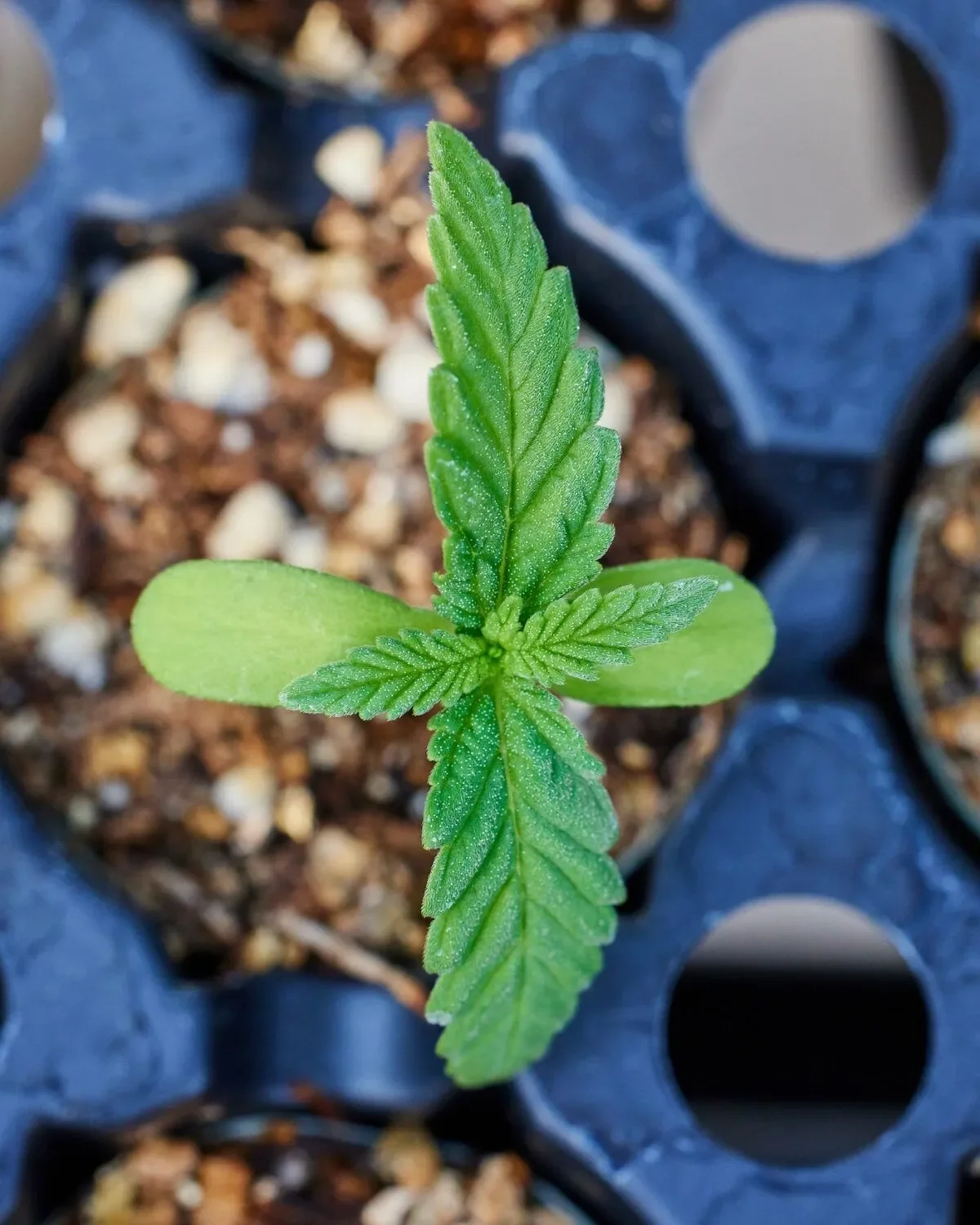Jack's Trichromes
Strain Spotlight: Jack Herer
The world of cannabis is full of many different strains. Today we are going to spotlight a classic Sativa-dominant strain who’s name carries a great deal of notoriety: Jack Herer.
First off, lets talk a little about the strain itself. Here’s the Strain Highlights from Leafly:
Jack Herer is a sativa-dominant cannabis strain that has gained as much renown as its namesake, the marijuana activist and author of The Emperor Wears No Clothes. Combining a Haze hybrid with a Northern Lights #5 and Shiva Skunk cross, Sensi Seeds created Jack Herer hoping to capture both the cerebral elevation associated with sativas and the heavy resin production of indicas. Its rich genetic background gives rise to several different variations of Jack Herer, each phenotype bearing its own unique features and effects. However, consumers typically describe this 55% sativa hybrid as blissful, clear-headed, and creative.
Jack Herer was created in the Netherland in the mid-1990s where it was later distributed by Dutch pharmacies as a recognized medical-grade strain. Since then, the spicy, pine-scented sativa has taken home numerous awards for its quality and potency. Many breeders have attempted to cultivate this staple strain themselves in sunny or Mediterranean climates, and indoor growers should wait 50 to 70 days for Jack Herer to Flower.
Given the information provided by Leafly, Jack Herer makes for a great daytime and clear-headed experience. Medicinal patients may be fans of this strain as it would not cloud the mind as much as a potent indica strain. Recreational users may enjoy this strain for its creative factors, or perhaps the uplifting effect associated with sativas to energize oneself for a full day ahead.
But who was Jack Herer? Why did he become so revered in the cannabis community?
From Wikipedia:
Jack Herer was a renowned hemp activist and author of the book The Emperor Wears No Clothes. Starting in 1973, the story begins when Jack Herer takes the advice of his friend “Captain” Ed Adair and begins compiling tidbits of information about the Cannabis plant and its numerous uses, including as hemp and as a drug. After a dozen years collecting and compiling historical data, Herer first published his work as The Emerperor Wears No Clothes in 1985. The eleventh edition was published in November 2000, and the book continues to be cited in cannabis rescheduling and re-legalization efforts.
This dedication to seeking the truth about cannabis and hemp, plus his presence in the cannabis community and protests against prohibition, Herer became a legend, often referred to as the “Emperor of Hemp”. As an activist he fought for the plant to be decriminalized and argued that it could be used as a renewable source of fuel, medicine, food, fiber, and paper/pulp and that it can be grown in virtually any party of the world for medicinal as well as economical purposes. He further asserted that the U.S. government has been deliberately hiding the proof of this from their own citizens.
Jack Herer never stopped fighting cannabis prohibition up until his death on April 15, 2010. He still remains a legend among the cannabis community to this day, immortalized by his book and the strain in his name. Watch the full Jack Herer documentary below.






